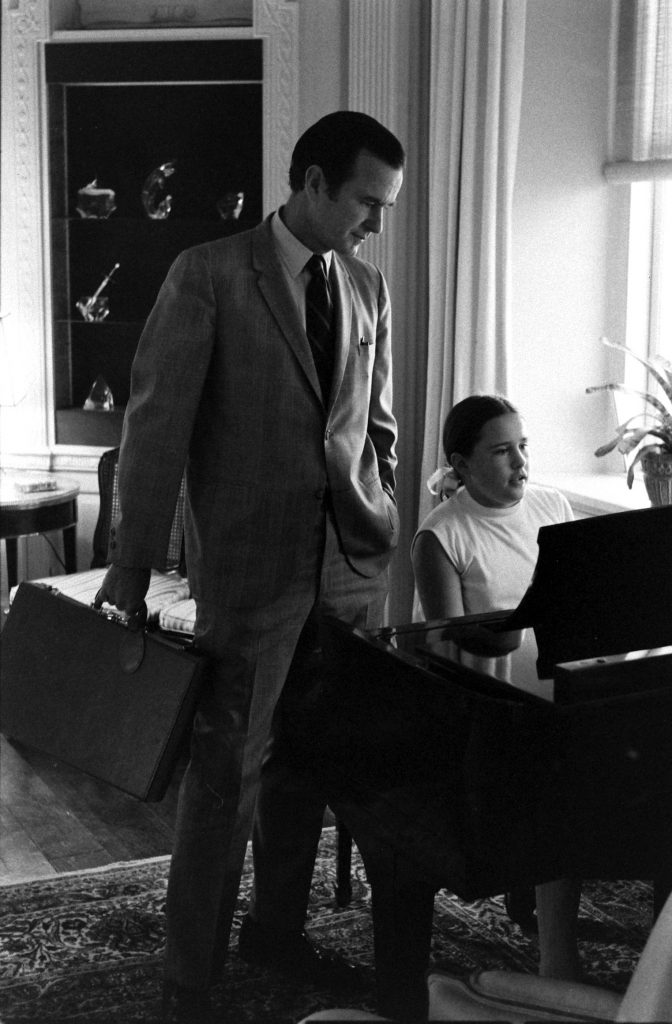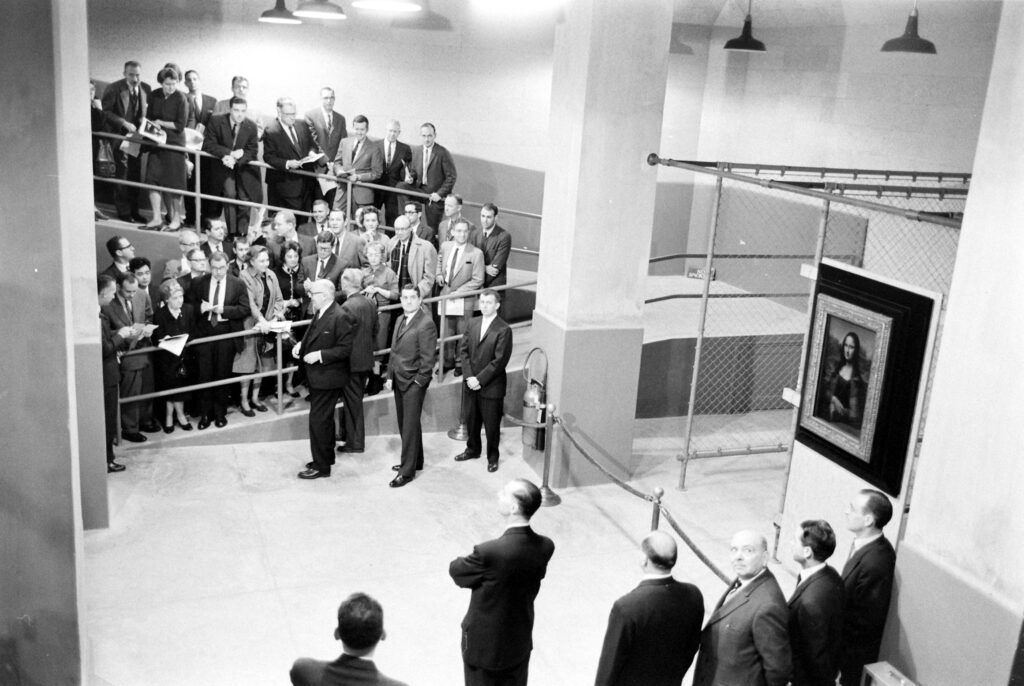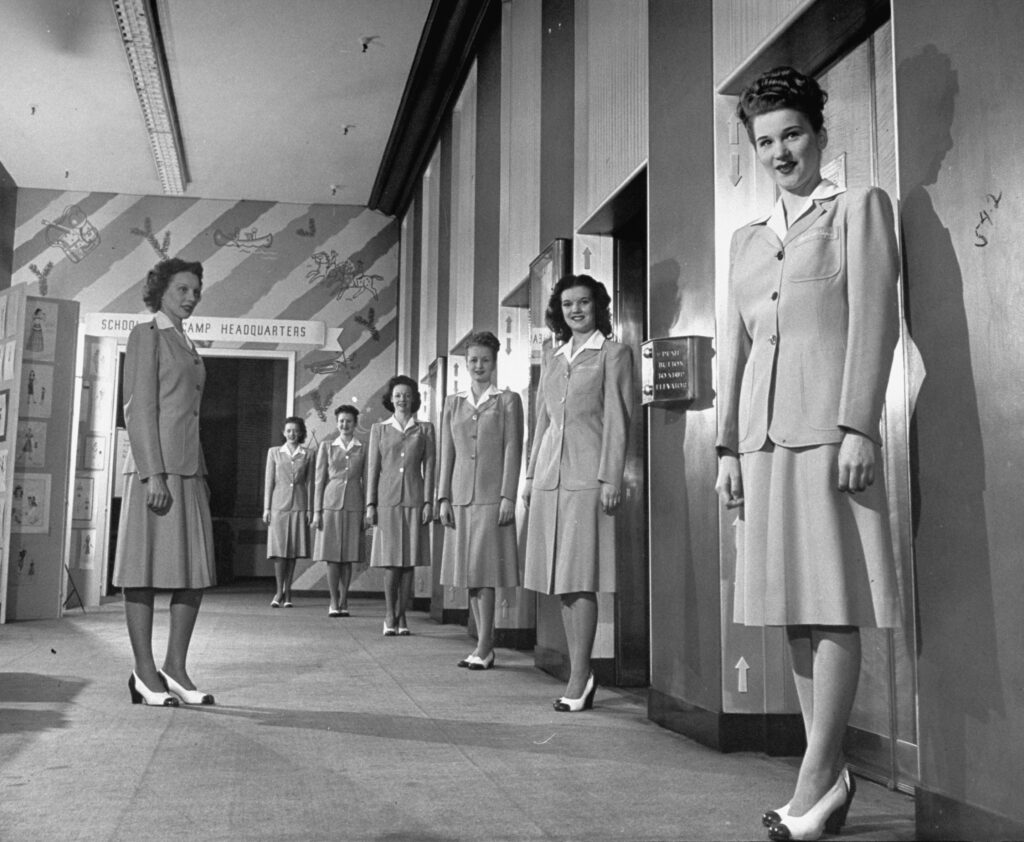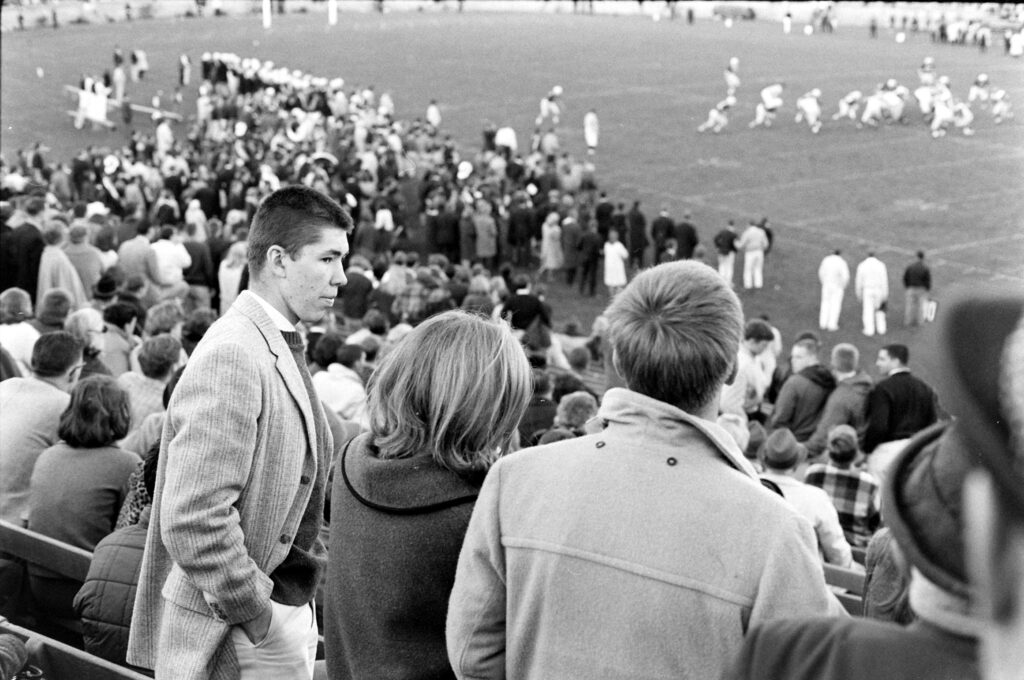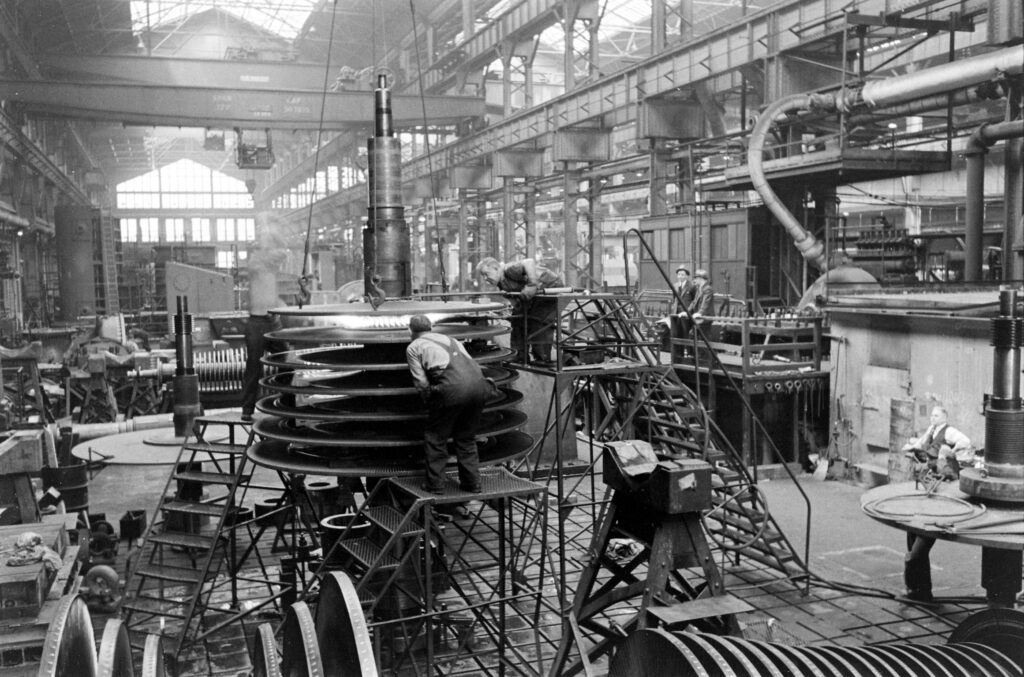Written By: Lily Rothman, Liz Ronk
George H.W. Bush—who died in 2018 at age 94—served the government in many roles before he was elected president the nation’s 41st President in 1988.
In 1971, Bush had recently lost a bid for election to the Senate, and was serving as President Richard Nixon’s ambassador to the United Nations, a role he filled until 1973.
LIFE Magazine caught up with him during that time, specifically at the tense moment that the United Nations decided to admit “Red China” as a member in place of the Nationalist government based in Taipei. Bush, then 47, was an advocate of the “two-China solution,” of keeping both governments in the international organization. Bush was hissed at and booed by other ambassadors, and LIFE reported that even his wife, the late Barbara Bush, was “sneered at” as she sat crocheting in the gallery.
For observers, however, Bush’s attitude in the face of the significant setback was telling. Though some had doubted whether he was appropriate for the U.N. job—his diplomatic experience at the time of his appointment was pretty much zero—Bush had quickly shown that he made up for that gap in “wit, stamina and enthusiasm.”
“In trying to save Taiwan’s seat,” the magazine noted, “he had set what must be a U.N. track record for personal effort.” His attitude every day was a model of go-get-’em, as he raced to and from meetings, collapsing at the end of a long day knowing that even though he was sometimes so tired that he said he wanted to cry, he would do it again the next day.
Photographer Leonard McCombe captured Bush at work, but also explored the balance of Bush’s life—the home and family that he left behind when he went off to New York to the United Nations. As these images make clear, the future President whose “wit, stamina and enthusiasm” impressed the international community had no shortage of enthusiasm for the rest of life as well.

George H.W. Bush in 1971
Leonard McCombe The LIFE Picture Collection/Shutterstock

George H.W. Bush and nephew at home in 1971.
Leonard McCombe The LIFE Picture Collection/Shutterstock

George H.W. Bush and wife Barbara at home in 1971.
Leonard McCombe The LIFE Picture Collection/Shutterstock

George H.W. Bush and family at home in 1971.
Leonard McCombe The LIFE Picture Collection/Shutterstock

George H.W. Bush and family at home in 1971. Left-Right: Nephew Billy, daughter Dorothy, George H.W., son Neil, wife Barbara, nephew Jon.
Arthur Schatz / Getty Images

George H.W. Bush at a baseball game in 1971.
Leonard McCombe The LIFE Picture Collection/Shutterstock

George H.W. Bush at a baseball game in 1971.
Leonard McCombe The LIFE Picture Collection/Shutterstock

George H.W. Bush at a baseball game with son Marvin in 1971.
Leonard McCombe The LIFE Picture Collection/Shutterstock

George H.W. Bush at a baseball game with son Marvin in 1971.
Leonard McCombe The LIFE Picture Collection/Shutterstock

George H.W. Bush at a baseball game with son Marvin in 1971.
Leonard McCombe The LIFE Picture Collection/Shutterstock

George H.W. Bush at home in 1971.
Leonard McCombe The LIFE Picture Collection/Shutterstock

George H.W. Bush with daughter Dorothy at home in 1971.
Leonard McCombe The LIFE Picture Collection/Shutterstock

George H.W. Bush with daughter Dorothy at home in 1971.
Leonard McCombe The LIFE Picture Collection/Shutterstock

George H.W. Bush with daughter Dorothy at home in 1971.
Leonard McCombe The LIFE Picture Collection/Shutterstock

George H.W. Bush and wife Barbara on a plane in 1971.
Leonard McCombe The LIFE Picture Collection/Shutterstock














